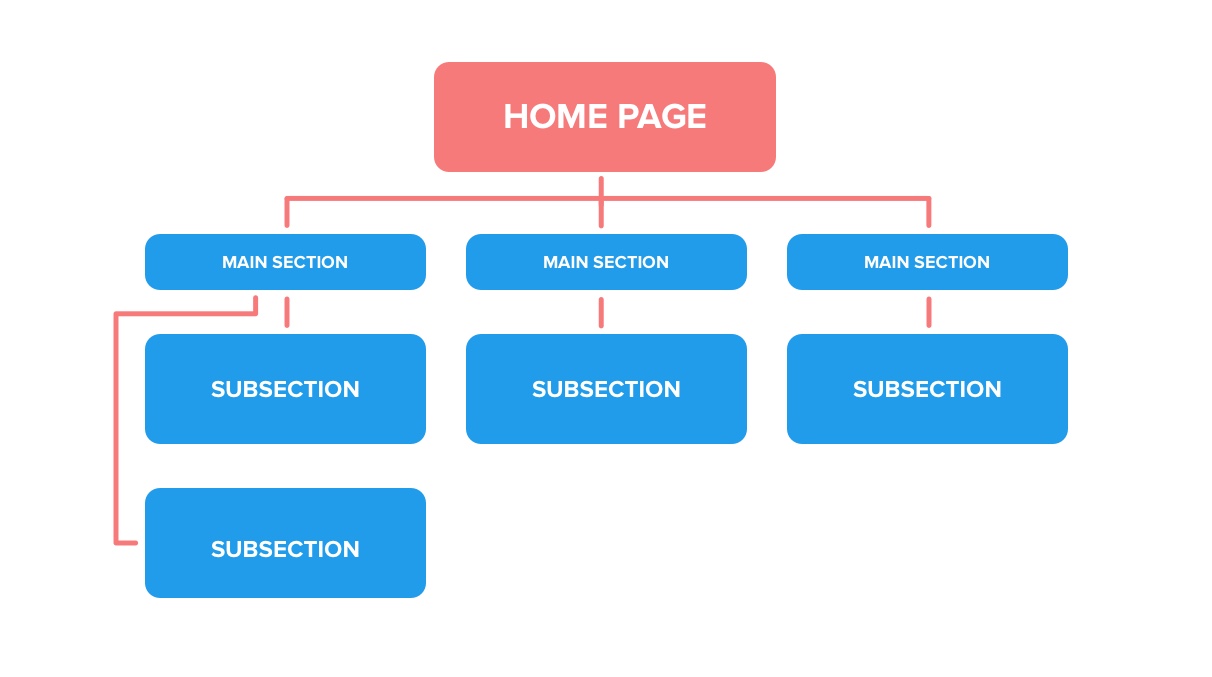How to Plan a Website Structure: A Comprehensive Guide
Planning a website structure is a crucial step in creating a successful online presence. A well-structured website enhances user experience, improves SEO, and ensures that your content is easily accessible. This guide will walk you through the essential steps to plan a website structure effectively.
1. Define Your Goals and Audience
Before diving into the technical aspects, it’s essential to understand your website’s purpose and target audience. Ask yourself:
- What is the primary goal of the website? (e.g., e-commerce, informational, portfolio)
- Who is the target audience? (e.g., demographics, preferences, needs) Understanding these factors will guide your decisions throughout the planning process.

2. Conduct a Content Inventory
Review the content you have and identify what you need. This includes text, images, videos, and other multimedia elements. A content inventory helps you organize existing content and plan for new content creation.
3. Research Competitors
Analyze competitors’ websites to understand industry standards and identify gaps you can fill. Take note of their website structure, navigation, and content organization. This research will provide insights and inspiration for your own site.
4. Create a Sitemap
A sitemap is a visual representation of your website’s structure. It outlines the hierarchy of pages and how they link to each other. Start with the main pages (e.g., Home, About, Services, Contact) and then add subpages. Tools like XML-sitemaps.com or Slickplan can help you create a detailed sitemap.

5. Design User-Friendly Navigation
Navigation is the backbone of your website’s structure. Ensure that your menu is intuitive and easy to use. Here are some tips:
- Keep the main menu simple and limit the number of items.
- Use clear, descriptive labels for menu items.
- Include a search bar for larger websites.
- Ensure that important pages are no more than three clicks away from the homepage.
6. Plan for Scalability
Your website structure should accommodate future growth. Plan for additional pages and sections that you might need as your business or content expands. A scalable structure prevents the need for significant overhauls down the line.
7. Optimize for SEO
Search engine optimization (SEO) is critical for driving organic traffic to your website. Here are some SEO best practices for planning your website structure:
- Use keyword research to guide your content and page titles.
- Ensure a logical URL structure with descriptive names (e.g., www.example.com/services/web-design).
- Implement internal linking to connect related content and improve site navigation.
- Create an XML sitemap for search engines to index your site efficiently.
8. Design with User Experience (UX) in Mind
A user-friendly website enhances engagement and reduces bounce rates. Consider the following UX principles:
- Ensure fast loading times by optimizing images and using efficient coding practices.
- Make your website mobile-friendly with responsive design.
- Use clear calls-to-action (CTAs) to guide users towards desired actions.
- Test the website structure with real users to gather feedback and make improvements.
9. Implement and Test
Once you’ve planned your website structure, it’s time to build and test. Use a staging environment to develop your site and conduct thorough testing to identify and fix any issues. Ensure that all links work, the navigation is smooth, and the overall user experience meets your goals.

10. Monitor and Adjust
After launching your website, continuously monitor its performance using analytics tools like Google Analytics. Track user behavior, page performance, and other key metrics. Use this data to make informed adjustments and improve your website structure over time.
Conclusion
Planning a website structure is a foundational step in creating a successful online presence. By following these steps—defining goals, conducting content inventory, researching competitors, creating a sitemap, designing user-friendly navigation, planning for scalability, optimizing for SEO, focusing on UX, and implementing and testing—you can build a website that is well-organized, user-friendly, and primed for growth. Remember, a well-structured website not only enhances user experience but also boosts your SEO efforts, driving more traffic and achieving your business goals.

